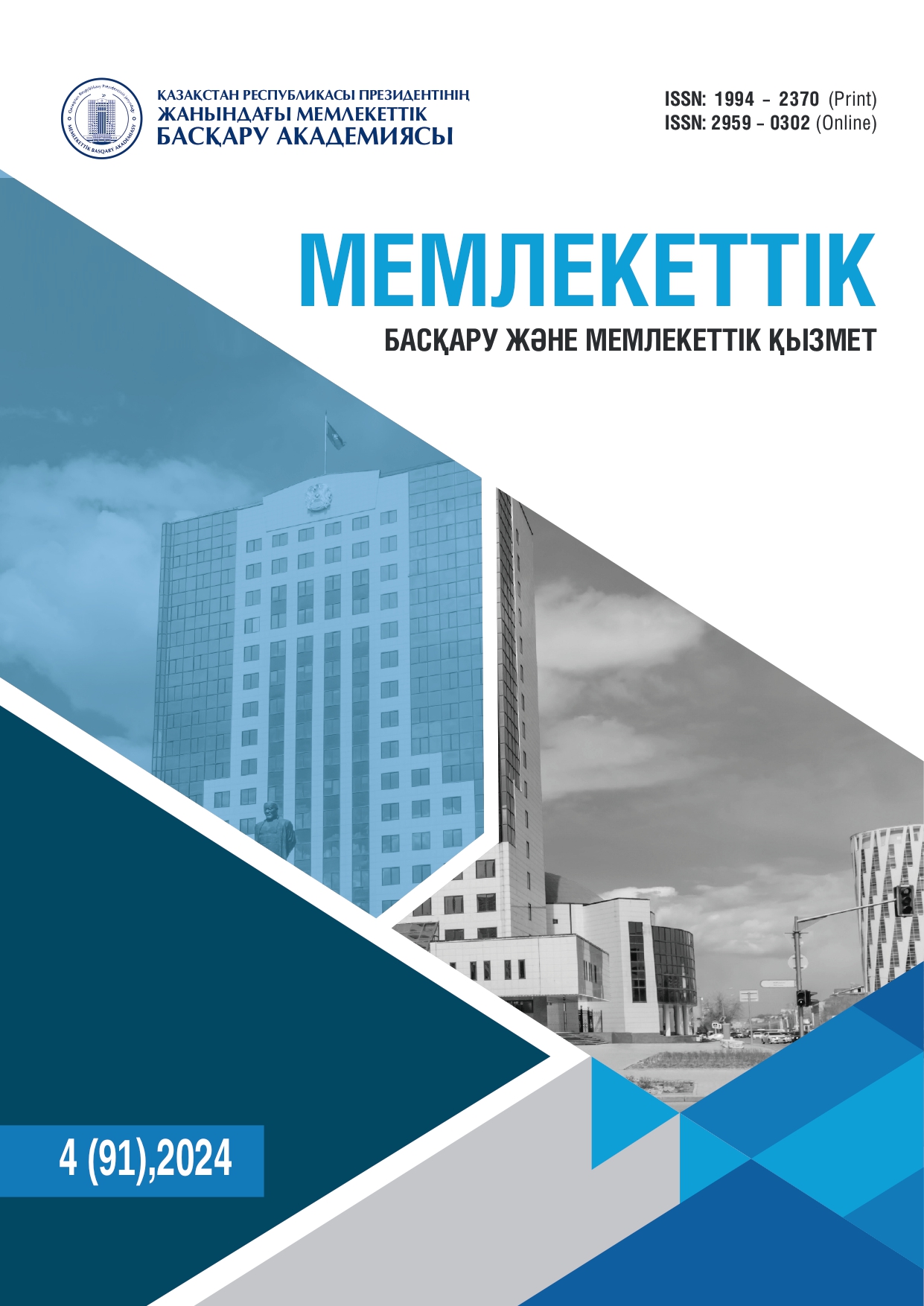СОЦИАЛЬНАЯ ОТВЕТСТВЕННОСТЬ В УСЛОВИЯХ ЦИФРОВИЗАЦИИ ВЫСШЕГО ОБРАЗОВАНИЯ: КИБЕРБЕЗОПАСНОСТЬ КАК КЛЮЧЕВОЙ ФАКТОР ИЗМЕНЕНИЙ
DOI:
https://doi.org/10.52123/1994-2370-2024-1310Ключевые слова:
социальная ответственность, кибербезопасность, цифровизация образования, информационная грамотность, киберугрозы, университетыАннотация
В условиях цифровизации образовательного процесса университеты сталкиваются с новыми вызовами, связанными с обеспечением кибербезопасности, что стало неотъемлемой частью их социальной ответственности. Увеличение объема данных и растущая зависимость от цифровых технологий делают образовательные учреждения особенно уязвимыми перед киберугрозами, такими как фишинг, программы-вымогатели и атаки, основанные на человеческом факторе. Для исследования данной проблемы были использованы результаты анкетирования студентов и преподавателей казахстанских вузов, а также контент-анализ научных публикаций и нормативных документов. В ходе исследования выявлено, что уровень цифровой грамотности, особенно в части информационной грамотности, является критическим фактором, влияющим на кибербезопасность университетов. Недостаточные знания и осведомленность о современных киберугрозах создают дополнительные риски, которые могут привести к утечке данных и финансовым потерям. В статье обсуждаются возможные меры по повышению уровня кибербезопасности в вузах через интеграцию соответствующих практик в политику социальной ответственности. Особое внимание уделено важности повышения осведомленности и цифровой грамотности как среди сотрудников, так и среди студентов, для снижения человеческих рисков и обеспечения устойчивости образовательных учреждений в цифровую эпоху.





